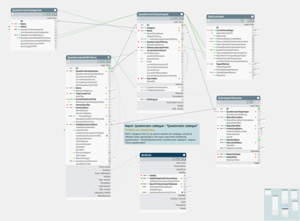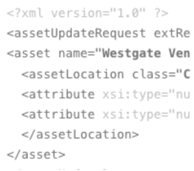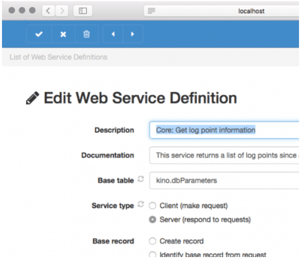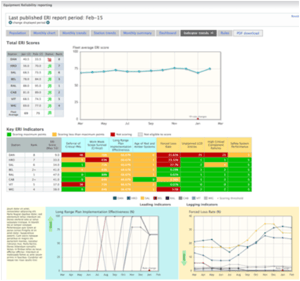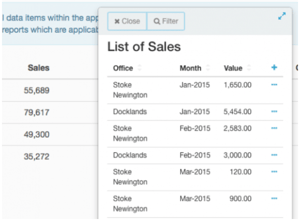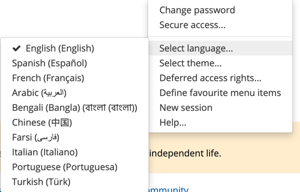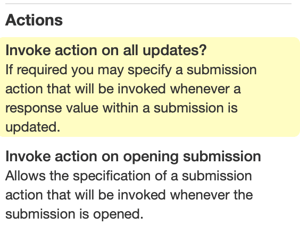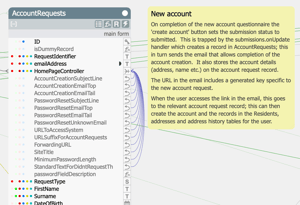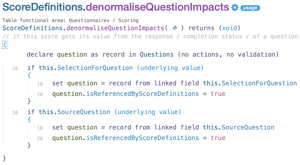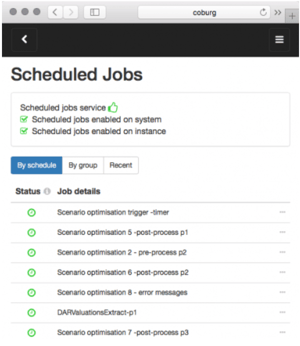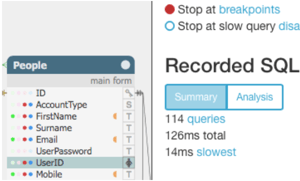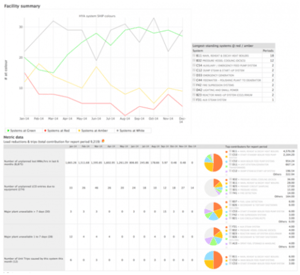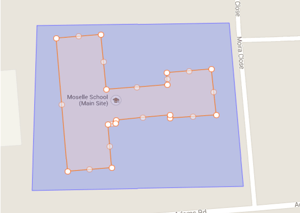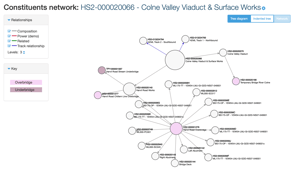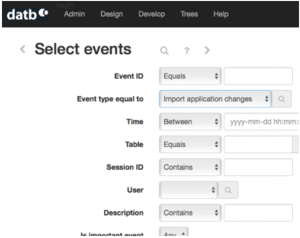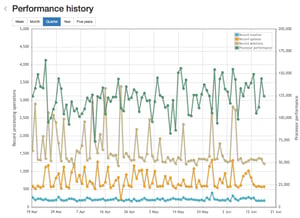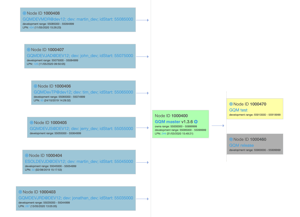"kinodb's ability to immediately reflect every design change means that the development process is so much faster, and creating the correct data structures for the system's requirements isn't constrained by the complexity of implementation of the 'right' structures for the task.
Also, it's entirely normal to have a moment of realisation half way through implementation that there's a better way of doing something - using conventional tools there's then an internal dialogue about whether we're too far down the road to rework something that really should be better. Using kinodb the decision is easy: make the change now as you don't need to do loads of technical impact assessment & rework.
It's hard to describe the change that this makes to productivity - it really is a completely different way of developing."




